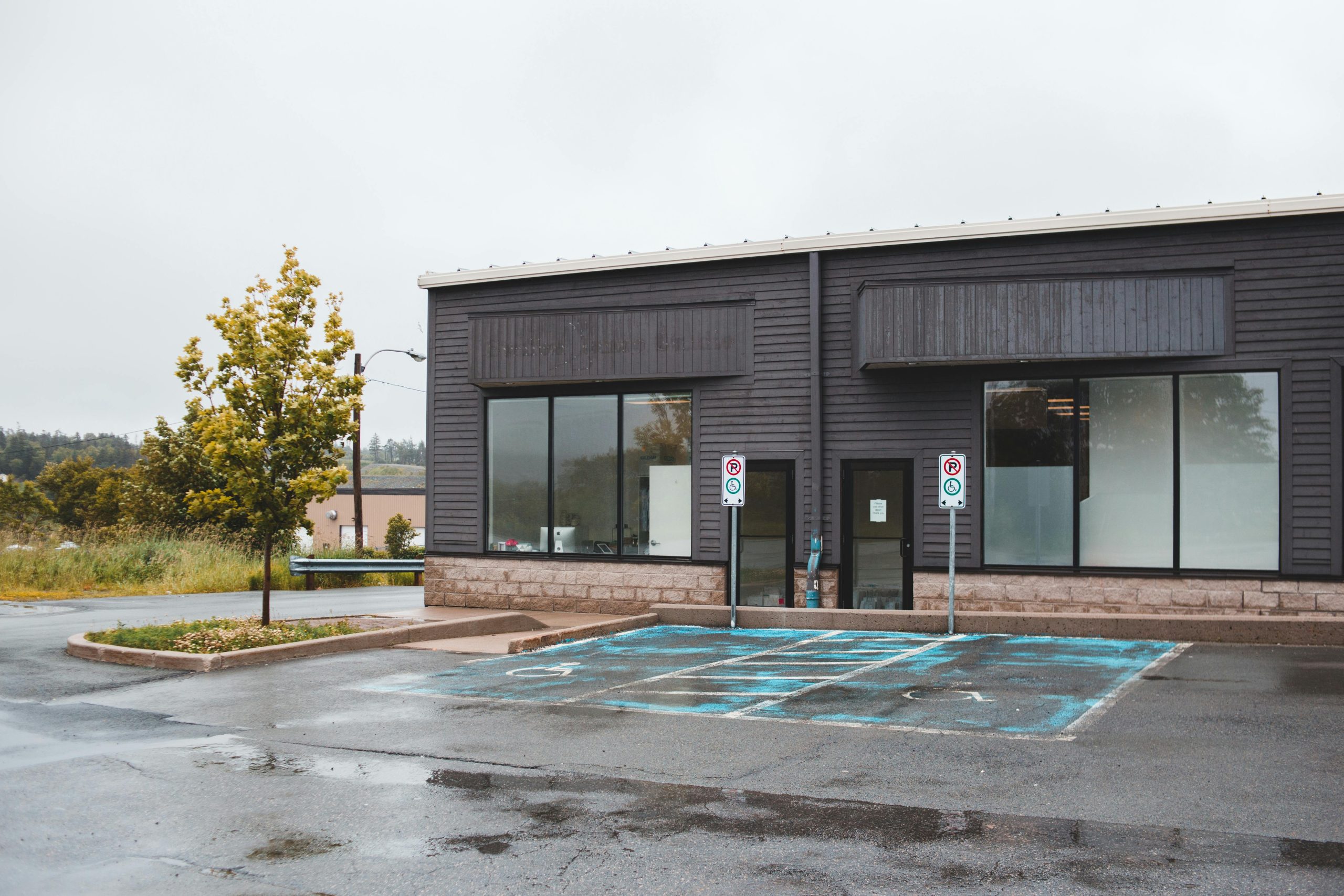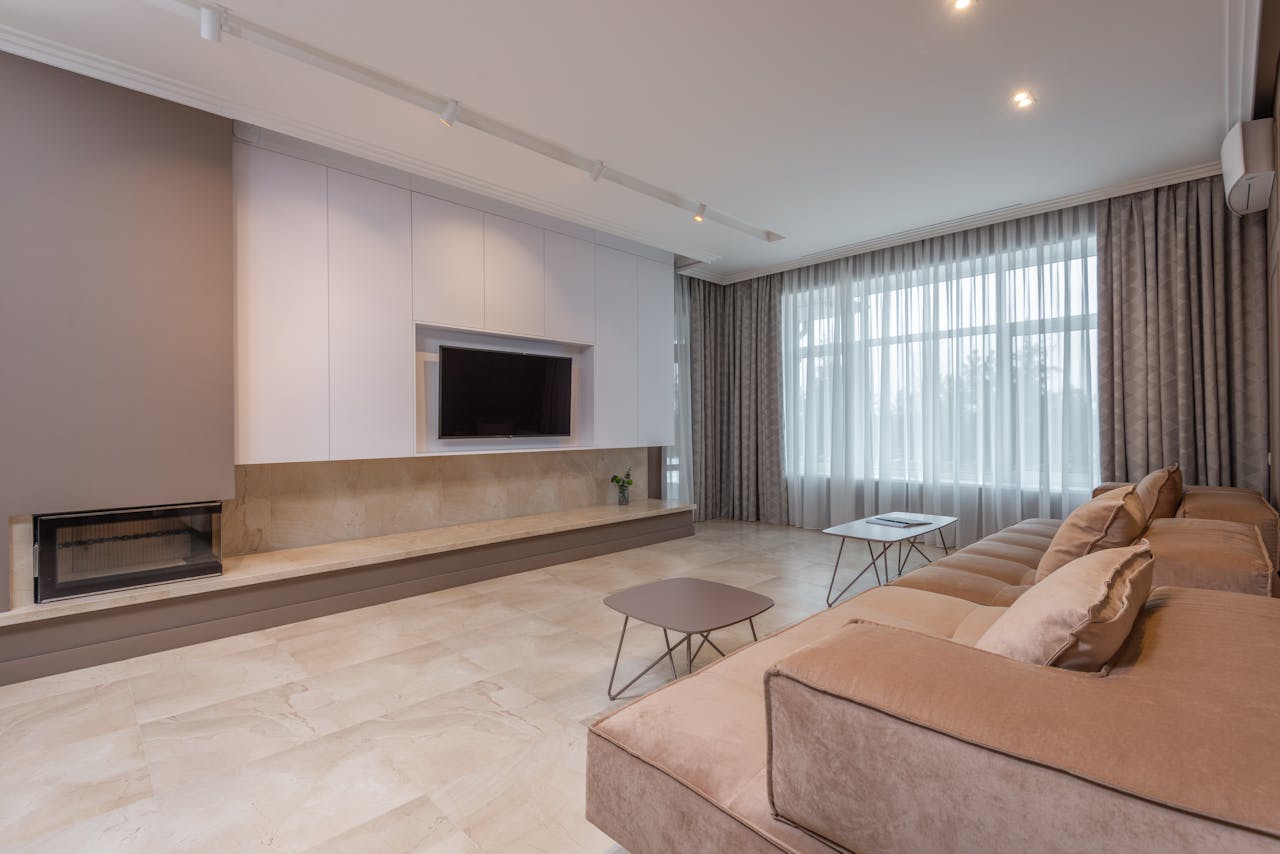10 Common Lighting Mistakes to Avoid in Commercial Property Design

When designing a commercial property, lighting plays a critical role in shaping the functionality, aesthetics, and energy efficiency of the space. However, it's often an overlooked aspect, leading to costly and inefficient lighting solutions that can affect productivity and comfort. Whether you're designing an office, warehouse, or retail space, here are ten common lighting mistakes to avoid in commercial property design.
Inadequate Task Lighting
In a commercial setting, appropriate task lighting is essential for productivity. One of the most common errors is relying solely on overhead lighting to illuminate workspaces. Task lighting, such as desk lamps or under-cabinet lights, provides focused illumination that reduces eye strain and increases productivity. Without it, employees may find themselves working in poorly lit conditions, leading to discomfort and reduced efficiency.
Ignoring Natural Light
Natural light is not only energy-efficient but also enhances the wellbeing of employees. Failing to incorporate enough windows, skylights, or open spaces that allow natural light to flow into the building can result in an over-reliance on artificial lighting. Not only does this increase electricity bills, but it can also negatively affect the mood and performance of workers. Balancing artificial and natural light is key to an optimal commercial lighting design.
Poor Colour Temperature Choices
Commercial properties often suffer from inappropriate colour temperature selections. Warm lighting (below 3000K) can create a relaxed atmosphere, while cool lighting (above 4000K) is better suited for tasks that require focus and alertness. Using the wrong temperature in the wrong setting can reduce the effectiveness of the space. For example, a warehouse should ideally have cooler lighting for visibility, while a lounge area might benefit from warmer hues to create a more welcoming atmosphere.
Underestimating Energy Efficiency
With the rising costs of energy, ignoring energy-efficient lighting solutions is a costly mistake. LED lighting is a superior alternative to traditional incandescent or fluorescent bulbs, consuming less electricity and lasting significantly longer. Not implementing energy-efficient solutions can result in higher utility bills and unnecessary maintenance costs in the long run.
Over-Lighting the Space
A common misconception in commercial design is that more lighting equals better visibility – however, too much lighting can cause glare, eye strain, and discomfort. Over-lighting a space, especially in areas like offices or meeting rooms, can create harsh environments that reduce focus. Proper light placement and dimmable options allow for flexibility and comfort, enhancing the user experience without overloading the space.
Neglecting Outdoor Lighting
Many commercial property designs neglect outdoor lighting, which is critical for safety, security, and aesthetics. Poorly lit parking areas, entryways, or walkways can lead to accidents or make the property appear less secure. Strategic outdoor lighting enhances security and ensures the property is inviting and safe for clients and employees alike.
Inconsistent Lighting Fixtures
Inconsistent lighting fixtures can disrupt the visual harmony of a space. Whether you're working with pendant lights, recessed lighting, or wall sconces, it's crucial to maintain consistency in style and finish. Mismatched lighting fixtures can make the design feel chaotic and unprofessional. A cohesive lighting plan ensures a unified look throughout the property.
Improper Lighting Controls
Failing to incorporate smart lighting controls is a missed opportunity for optimising energy use. Timers, dimmers, and motion sensors can automatically adjust lighting based on occupancy or natural light availability, significantly reducing energy consumption. Without these controls, businesses may waste electricity on lights that are left on unnecessarily, driving up operational costs.
Ignoring the Specific Needs of Large Spaces
When designing large commercial spaces such as warehouses, factories, or steel sheds, lighting requirements differ greatly from smaller offices. These areas need robust, high-output lighting that covers a wide space without leaving dark corners. Many businesses make the mistake of under-lighting these areas, leading to safety concerns and inefficiencies. Ensuring proper lighting for steel sheds is crucial, as large steel structures need evenly distributed light to avoid shadows and optimise work conditions.
Overlooking Maintenance and Replacement Costs
Many designers fail to consider the long-term maintenance and replacement costs of lighting systems. Opting for cheaper fixtures may save money upfront, but could lead to frequent bulb replacements and higher energy consumption over time. It’s important to strike a balance between initial investment and long-term sustainability by choosing high-quality, energy-efficient fixtures that require minimal maintenance.
As you can see, lighting plays a fundamental role in the success of commercial property design, influencing everything from energy costs to employee satisfaction
By avoiding these common mistakes, you can create a well-lit, efficient, and aesthetically pleasing environment that supports productivity and wellbeing. Whether you're designing a high-rise office or a large warehouse, considering both the functional and aesthetic aspects of lighting will ensure the space is illuminated perfectly.




